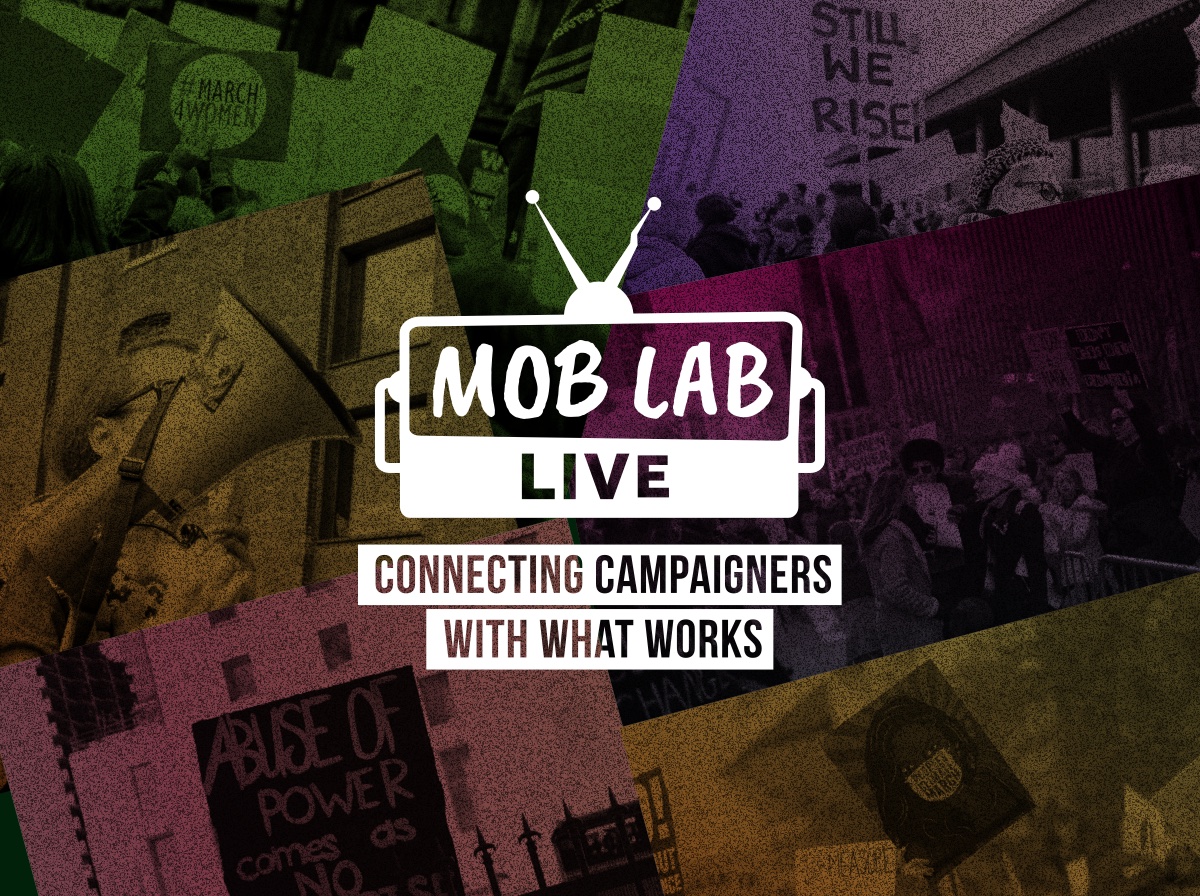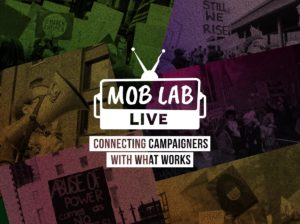Campaigners today operate in a 24/7 news cycle surrounded by hyper-connected social networks. Quick, strategic responses to breaking events mean the difference between leading the way forward or falling behind.
Find out how campaigners at Avaaz thrive in an organization known for strong rapid response programs and hear from the Response Lab at Greenpeace about their efforts to help bring more responsive ways of working to a pre-Internet era organization. Our guests share insights into the cultural, strategic and technical capacity needed to respond quickly and turn breaking events to their advantage.
Watch a recording of the live talk here:
Key learning: Culture of responsiveness
Avaaz shared a cultural and structure model that helps the organization respond to crisis moments:
- From technology, new nimbleness and flexibility: Where other global civil society groups are composed of issue-specific networks of national chapters, each with its own staff, budget, and decision-making structure, Avaaz has a single, global team with a mandate to work on any issue of public concern. This permits campaigns to operate with extraordinary nimbleness, flexibility, focus and scale.
-
Focus on tipping-point moments of crisis & opportunity: Moments can arise in the life of an issue or a cause when a decision must be made and a massive, public outcry can suddenly make all the difference. It is in these brief windows of tremendous crisis and opportunity that the Avaaz community often makes its mark.
-
Avaaz’s priorities and power come from members: Each year, Avaaz sets overall priorities using member polls. Campaign ideas are polled and tested weekly with 10,000-member random samples. Only initiatives that find a strong response are taken to scale. Campaigns that do reach the full membership are super-charged, often by hundreds of thousands of members taking part within days or even hours.
Key learning: Four pillars to encouraging responsiveness
Greenpeace’s Response Lab shared their model to encourage more responsive way of working and thinking within an pre-internet era organization:
- Finger on the pulse: Listen to what’s happening in the world around us instead of relying on what we assumed would happen in campaign plans.
- Trust in teams: Trust the ability and talent of teams instead of relying on several rounds of sign-off that can slow down response. Also accept failure and risk as part of the process.
- Mission orientation: Give outcome oriented assignments to your campaigners to keep everyone’s perspective on the ‘big picture’ and end goals. Avoid relying on task oriented assignments.
- Strategic focus and direction: Use clear and broadly understood direction for the campaign, understood across all teams and staff.
Live Q&A with #MobLabLive
A snapshot from Twitter of the conversation and questions on this MobLab Live conversation:


